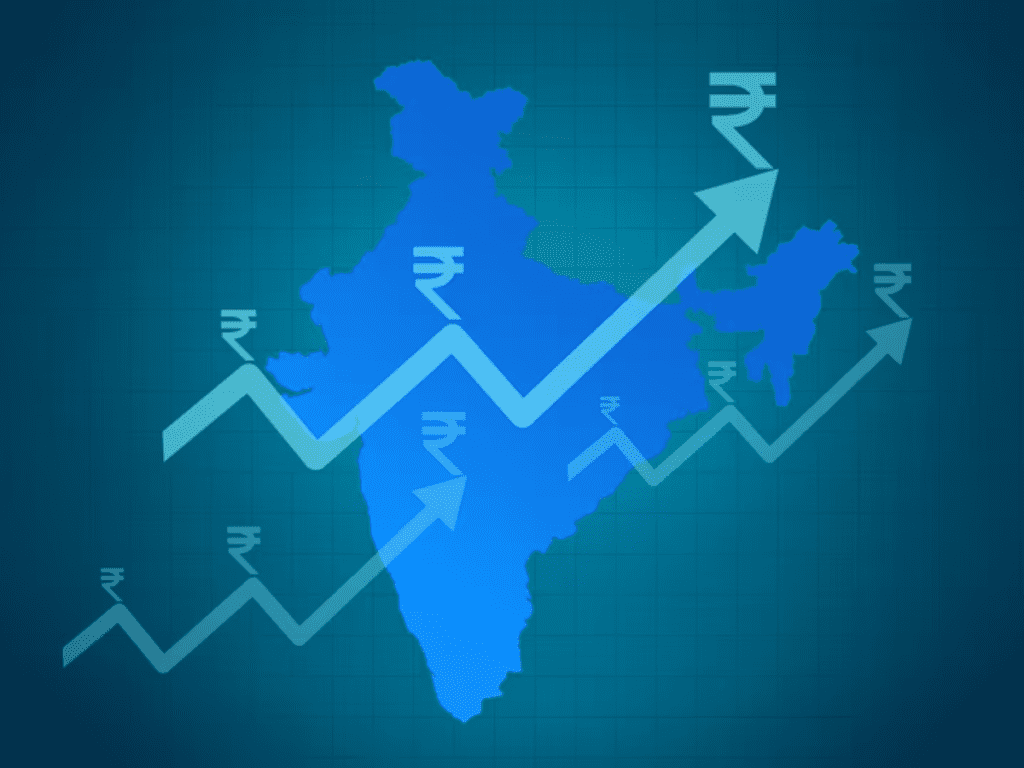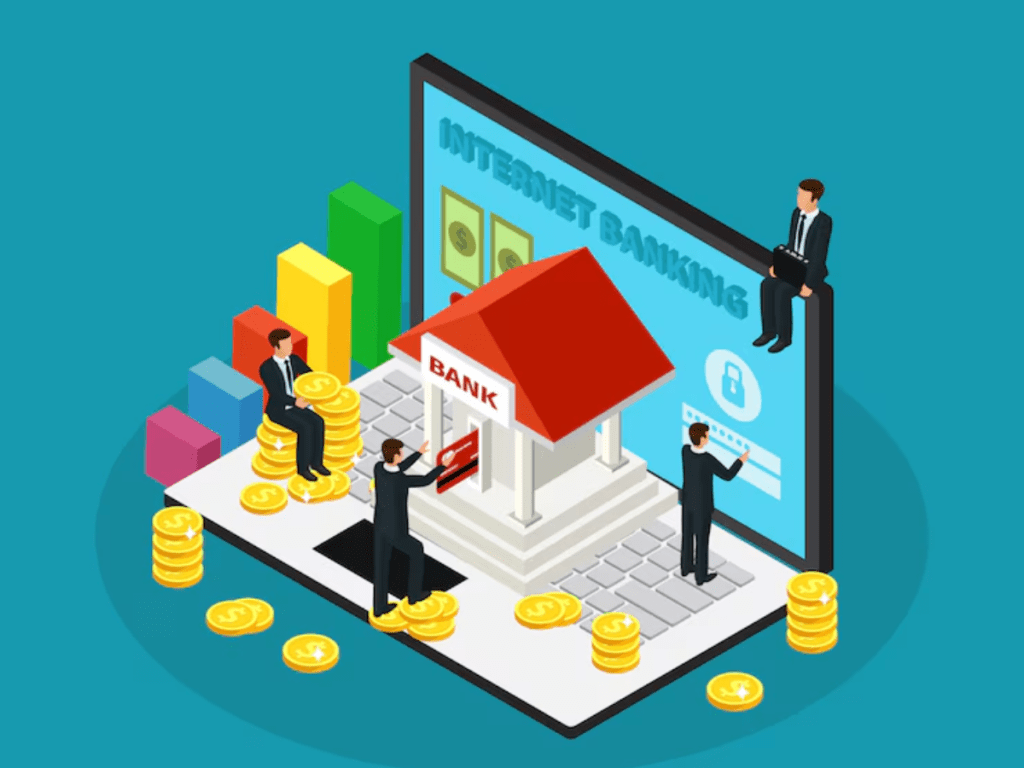Introduction
The financial industry has changed quite a bit over the past several years, in large part because of the explosion of financial technology, or FinTech. It has had a profound effect on a wide range of financial services, and one place where it has made strides that are quite evident is with lending. Financial technology has changed the way loans are provided with the process accelerating, becoming more convenient and simpler for borrowers. But this development at a speed so fast also brought new challenges that consumers, financial institutions, and regulators must consider very cautiously. As FinTech grows and develops further, it is vital to discuss not only the advantage but also the disadvantage it can bring to lending in the global market.
The Emergence of FinTech in the Lending Landscape
In the past, taking a loan from conventional financial institutions like banks and credit unions was a time-consuming and sometimes cumbersome process. Potential borrowers had to provide different types of documentation, go through credit checks, and in some cases even sit down with a loan officer face-to-face. Furthermore, the approval process took days or even weeks, which made it difficult for borrowers to obtain funds in a timely manner. But with FinTech, the whole lending cycle has been turned on its head. FinTech firms use innovative technologies such as artificial intelligence (AI), machine learning, and big data analytics to deliver faster, more streamlined lending products. Borrowers can now submit loan applications completely online, without the need to step into a bank or financial institution. Such access has considerably enhanced the borrowing experience for customers, especially those who might otherwise have found it difficult to secure credit through conventional channels.
The emergence of peer-to-peer (P2P) lending platforms, online lenders, and digital banks has further transformed the lending landscape.
These platforms are external to the banking infrastructure, which allows borrowers to borrow from a multiplicity of sources. Rather than using banks as the sole repositories of money, users can now borrow from a large pool of investors who would be willing to finance loans, making the lending market more liquid and dynamic. This change has not only become loans more affordable but also decreased the expense involved in conventional lending by removing intermediaries.
The Advantages of FinTech in Lending: Quicker and Simpler Loan Access
The most glaring advantage of FinTech lending is how quickly loans can be processed nowadays.
Classic loan applications involved the filling out of paper forms, submitting physical documentation, and waiting weeks for a response. Compared to this, FinTech organizations have made it easy to apply, with borrowers inputting information online within a few minutes. These websites make use of computerized systems for verification, limiting manual intervention and hastening approval time. After the borrower’s application has been processed, most FinTech platforms are able to approve and disburse loans in hours or days, as opposed to the weeks-long wait typical of traditional lending.
This rapid turnaround time is particularly useful for those who need money urgently, like those with medical emergencies or unforeseen expenses. In certain instances, the capacity to draw on funds at short notice can greatly enhance a borrower’s financial situation, giving them the liquidity they require to meet pressing needs. Additionally, FinTech lenders tend to offer a diverse range of loan products, each with its own distinct borrower requirements. Whether a personal loan, payday loan, or peer-to-peer loan, these websites offer more accommodating loan options than the banks. Borrowers can choose the loan terms most suitable for their financial objectives, so that the repayment schedule, interest rate, and loan size are all comfortable according to their own situations.
One of the reasons that FinTech lenders can be so flexible is that they rely on alternative data in determining creditworthiness.
Whereas traditional banks depend mostly on credit scores and other conventional financial indicators, FinTech companies employ a more comprehensive method for judging borrowers. They might take into account income stability, job history, payment behavior, and even social media behavior. This strategy enables lenders to provide credit to a larger segment of borrowers, including individuals who do not have a standard credit history or have a weaker credit score. Consequently, borrowers who could otherwise have been excluded from credit access by mainstream financial institutions now get to enjoy wider access to credit. Also, FinTech lenders usually charge lower interest rates on loans than traditional banks. Because they are online and have lower overhead expenses, the platforms can manage to transfer the cost savings to borrowers in terms of reduced fees and interest rates. This has helped make loans cheaper for most consumers, particularly those with poor access to conventional credit.
Increasing Access to Credit for Underserved Communities
One of the most significant benefits of FinTech lending is its capacity to grant access to credit to underserved groups. Several people, especially those with weak or limited credit histories, have long been barred from the mainstream lending market. Conventional banks tend to rely on strict credit score thresholds and other financial determinants that could deprive certain groups of people, including younger people, immigrants, or people in rural communities, of access to credit.
FinTech platforms, on the other hand, have started to dismantle these obstacles through the utilization of alternative data in determining creditworthiness. For instance, rather than depending on just credit reports, FinTech lenders can examine other proxies for financial conduct, such as bills payments, renting history, and even education history. Through the examination of a broader pool of data, such platforms are able to provide loans to individuals who would otherwise qualify as too risky for conventional lenders.
This increased availability of credit has served especially well the individuals who can be new customers in the credit system or whose credit histories may be short. FinTech lenders in most situations provide smaller loan amounts that serve to establish or enhance the customers’ credit standing over time. By showing them to repay their loans responsibly, they can work up to the level of borrowings over a period of time, eventually ending up with the benefit of being offered better loan terms in the future.
For those who have traditionally faced discrimination in the conventional lending market, including racial and ethnic minorities or the lower socioeconomic classes, FinTech lending platforms provide a more level playing field. By taking a more differentiated set of data to assess borrowers, these platforms are able to cut down on lending discriminates, resulting in a more balanced allocation of credit to various demographic segments.
The Risks of FinTech Lending: Challenges and Risks
While FinTech has certainly simplified borrowing and made it more convenient, it has also brought new risks and challenges that need to be met.
Perhaps the greatest concern is the possibility of predatory lending. Since many FinTech lenders are outside the conventional banking system, they may not be regulated or overseen in the same way as conventional financial institutions. This lack of regulation can also give rise to lenders that are involved in questionable practices, including charging wildly high interest rates, levying secret fees, or making loans with onerous terms. Many FinTech lenders, especially those who make payday loans, have come under attack for their interest rates, which can easily reach several hundred percent a year.
Although these loans seem attractive because of their rapid processing times, their fees can run rapidly out of hand, catching borrowers in debt. For borrowers who have difficulties paying off such loans, they might end up borrowing once again to repay interest on the initial loan, placing them under additional financial pressures. A further concern with FinTech lending is the risk of inadequate consumer protection.
Conventional banks are required to be heavily regulated to prevent lenders from taking advantage of borrowers. These regulations provide for requirements on the clear disclosure of loan conditions, restrictions on interest rates, and prevention of discriminatory lending practices. But since FinTech businesses conduct business in a lightly regulated market, a few consumers might end up receiving loans with conditions they don’t comprehend or accept. In other instances, a lack of clarity might see a borrower accept disagreeable conditions by default, like concealed charges or exorbitant penalties for missed payments.
Privacy and Data Security Concerns
The collection and processing of personal information is another key FinTech lending issue. In order to determine creditworthiness, FinTech platforms collect enormous amounts of personal information from borrowers, such as their financial history, social media usage, and even behavioral data. Although this information can be utilized to make more precise lending decisions, it also poses serious privacy issues.
The customers may not necessarily know the degree to which they are having their data collected, or how they are being used.
Some of this information is sold to third parties in certain instances, with the concerns being identity theft and unauthorized access to personal information. Also, since FinTech companies are more based on online platforms, customers might not necessarily understand how they are being safeguarded. Computer hackings and leakage of data remain a perpetual danger in the new age, and a hacking can reveal sensitive economic data, creating serious repercussions among borrowers. Additionally, FinTech firms are not always clear about the usage of their data. Some websites might utilize this data to promote other products or services to the borrowers, which could result in an influx of unwanted offers. Borrowers might feel that their personal data is being used for commercial purposes in some instances, further undermining the trust in the FinTech lending sector.
The Need for Regulation and Consumer Protection
As the FinTech lending sector continues to grow, it is clear that regulation will play a crucial role in ensuring that consumers are protected from the risks associated with these new platforms.
While traditional banks are subject to rigorous regulatory oversight, many FinTech lenders are not, which can lead to significant disparities in consumer protection. Governments and regulators across the globe are starting to realize the importance of tighter control over the FinTech sector, and in certain instances, fresh regulations are being implemented to cope with these issues. In the United States, for instance, the Consumer Financial Protection Bureau (CFPB) has begun questioning online lenders so that they stick to fair lending practices.
Likewise, the European Union has introduced the European Crowdfunding Service Providers Regulation, designed to improve transparency and safeguard investors and borrowers in the crowdfunding and peer-to-peer lending markets. Yet, as FinTech evolves ever more rapidly, regulators need to be active and responsive to new threats that emerge. ### Conclusion
Financial technology has wrought significant changes in the way loans are provided and utilized. The speed, convenience, and flexibility offered by FinTech platforms have made borrowing easier for a broad spectrum of consumers, including those who previously were denied access to traditional credit markets. The fast evolution of this industry has also ushered in new risks, including predatory lending, absence of transparency, and privacy issues related to data.

